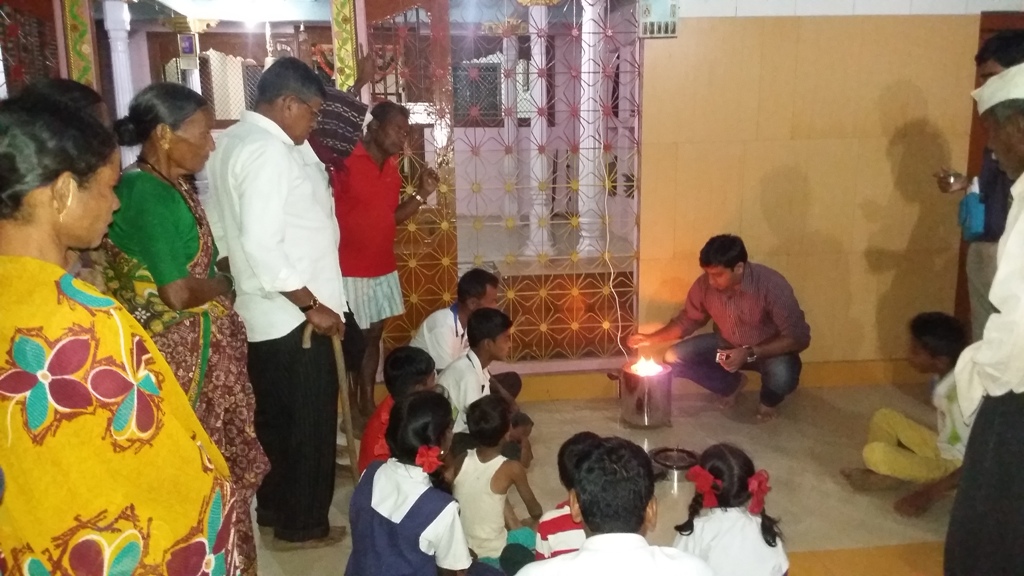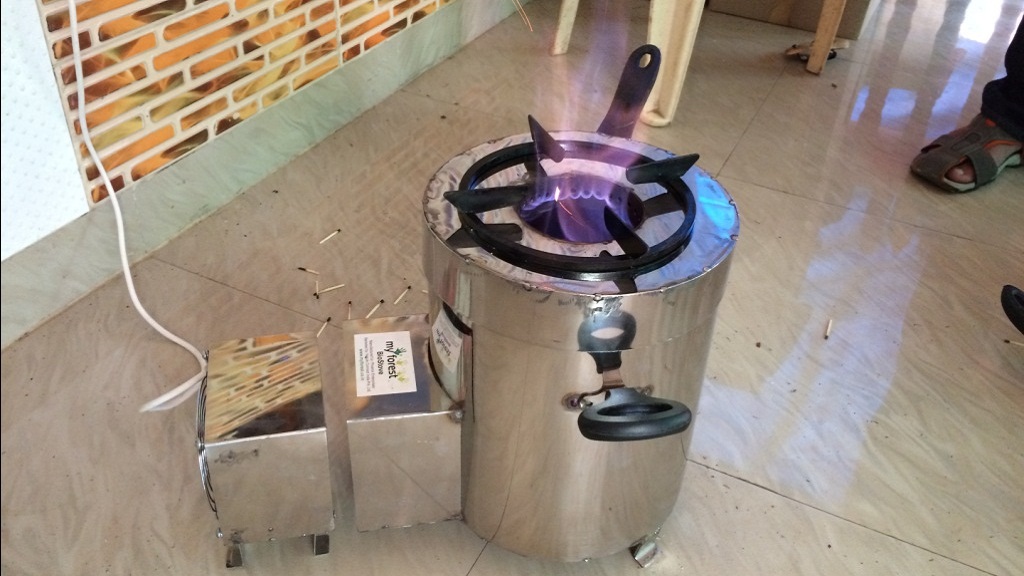Access to energy is crucial for increasing productivity and sustainable livelihoods. This is especially true in case of rural populations residing in remote villages of India. AERF has been working since 2005 for improving access of the rural communities to energy by harnessing the potential of renewable energy sources in the Northern Western Ghats. In the Western Ghats of India which is biodiversity hotspot, communities living in remote villages do not have access to energy and are totally dependent on kerosene and fuel wood for meeting their energy needs. It is not only leading to degradation of surrounding environment and pollution, but also leads to low productivity, ecological imbalance and serious health risks. It also results in reduced opportunities for sustainable livelihoods. AERF has devised two highly effective strategies for improving access to energy based on renewable energy alternatives and for reducing the carbon emissions from household energy consumption.
Solar energy for off-grid villages from Northern Western Ghats
Majority of the rural villages/hamlets located in remote places in the Western Ghats are off-grid and thus do not have access to electricity which is a serious disadvantage for these already marginalized people. It not only makes them shy and completely lose touch with the mainstream, but they are also deprived of opportunities for making sustainable progress. There are still some 500 villages in Maharashtra alone living in the dark. Since 2009, AERF has made successful efforts to reduce the misery of these marginalized communities in 15 villages from Raigad and Pune district. AERF has distributed 500 LED lamps in these villages and 100 LED study lamps for children in the resident school for tribal children in Alibaug block. This initiative has helped improve the living conditions of these communities substantially, it also has increased their productivity and more importantly increased their confidence in dealing with the challenging surroundings.
Advanced bio-stoves –a small and working solution to address deforestation in the Northern Western Ghats
Deforestation is one of the major drivers of biodiversity loss and a significant contributor to greenhouse gas emissions globally. However, satisfying the energy and livelihood needs of forest dependent communities in an environmentally sustainable manner is the single biggest challenge while promoting conservation of forests and biodiversity. In India today, the primary source of energy for 83% of rural households is wood fuel. With increasing prices of fossil fuels, even the private sector companies are switching over to this cheaper and renewable energy option. This is creating huge demand for wood fuel and puts enormous pressure on forests in India. It has rather serious implications for biodiversity conservation and sustainable livelihoods in community managed forests of the Western Ghats- a global biodiversity hotspot. The forest landscapes from Ratnagiri and Sindhudurg districts in Northern Western Ghats with average forest cover of 50% (6800 Sq. Km) face major brunt of the demand for wood fuel from the industry and rural households. Importantly, 90% of this vast forest region is owned and managed by local communities. To address this very critical threat from wood fuel collection and use to the biodiversity of the region, AERF has developed energy efficient bio-mass gasifier stoves which run on easily available and affordable fuel. Before development of this stove, AERF carried out a feasibility study of the uptake of the stove that included willingness to pay survey and user experience analysis from 50 households. The stoves satisfy the conditions of MNRE certification and are sold under AERF's 'MyForest' brand. More than 200 forest dependent families from Raigad and Ratnagiri district have benefitted from using the MyForest bio-stove.

